AT LEAST 33 Indian paramilitary soldiers were killed today (14) in Indian Kashmir in the deadliest attack on government forces there since 2002, police said.
The suicide bombing outside Srinagar claimed by an Islamist group is likely to ratchet up tensions between India and Pakistan, with New Delhi long accusing Islamabad of supporting militants.
"The sacrifices of our brave security personnel shall not go in vain," India's prime minister prime minister Narendra Modi tweeted, calling the attack "despicable".
The attack saw explosives packed inside a van rip through buses in a convoy of 78 vehicles carrying some 2,500 members of the paramilitary Central Reserve Police Force (CRPF).
Two blue buses carrying around 35 people each bore the brunt of the massive blast, heard miles away, around 20 kilometer(12 miles) from the city of Srinagar on the main highway to Jammu.
At least 39 people were dead, while some reports said the number could exceed 40.
Some of the bodies were so badly blown up that officials feel it may take some time to identity them. The convoy was bringing the troopers back from leave to rejoin active service.
It was unclear whether the van containing the explosives was driven into the convoy or if it was detonated when the buses were adjacent.
"It was a powerful explosion. The explosive was car-borne," CRPF spokesman Sanjay Kumar said.
Photos showed the blackened, mangled remains of at least one vehicle littered across the highway.
Reports said that there were 350 kg (770 pounds) of explosives used.
Local media reports said the Pakistan-based Jaish-e-Mohammed Islamist group claimed responsibility.
A spokesman for the group told a local news agency that the "suicide attack" was carried out by Aadil Ahmad, alias Waqas Commando, a known militant from the area.
After the attack, hundreds of government forces cordoned around 15 villages in the district the bomber came from and started searching house-to-house, a police officer and witnesses said.
The last major car bombing, which killed 40 people including three suicide attackers, was also carried out by Jaish-e-Mohammed, in 2001. The target was the local parliament building in Srinagar.
The US ambassador to India, Kenneth Juster, tweeted that Washington "strongly condemns today's terrorist attack in Jammu and Kashmir. We send our heartfelt condolences to the families of the victims".
The attack surpasses one in 2016 that was the biggest in 14 years, claiming the lives of 19 soldiers in a brazen pre-dawn raid by militants on the Uri army camp.
India's foreign ministry, in a statement late today, blamed Pakistan.
"This heinous and despicable act has been perpetrated by Jaish-e-Mohammed, a Pakistan-based and supported terrorist organisation proscribed by the United Nations and other countries," the foreign office said.
"India is firmly and resolutely committed to take all necessary measures to safeguard national security. We demand that Pakistan stop supporting terrorists and terror groups operating from their territory," it added.
The biggest attack on Indian forces was in May 2002, when militants attacked an Indian army camp in Kaluchak in Jammu city, killing 34 people, including family members of soldiers.
Pakistan says it only provides diplomatic support to Kashmiris' right to self-determination.
(AFP)




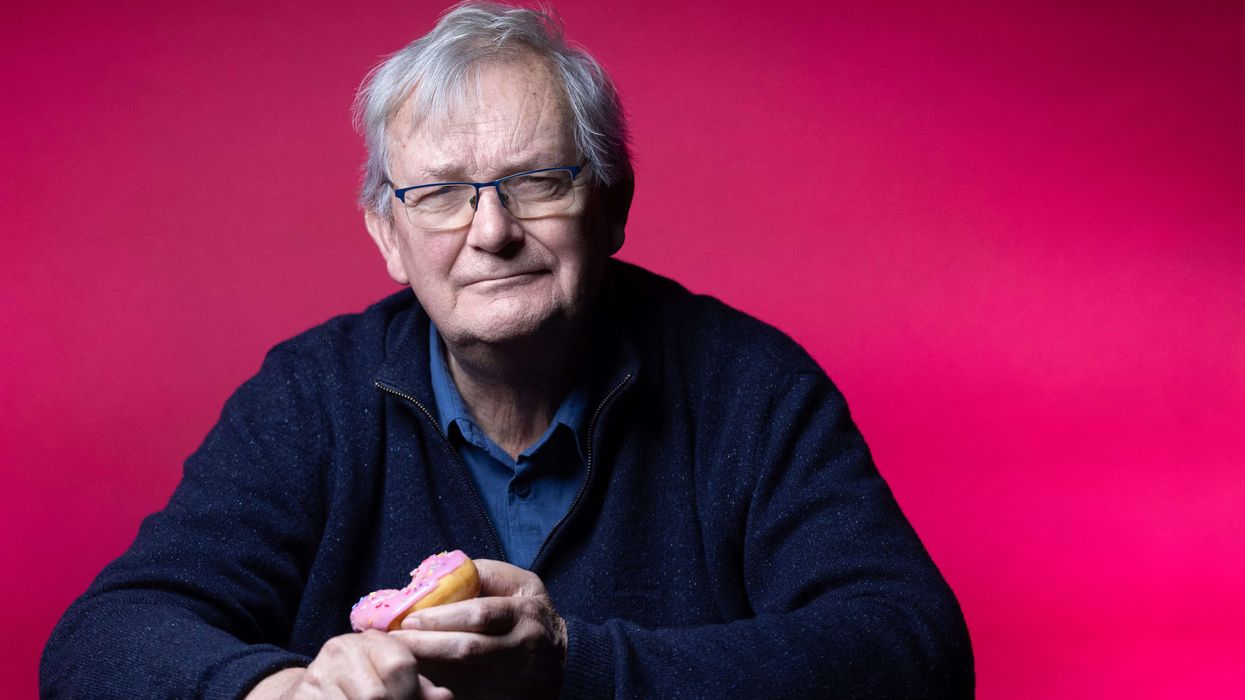
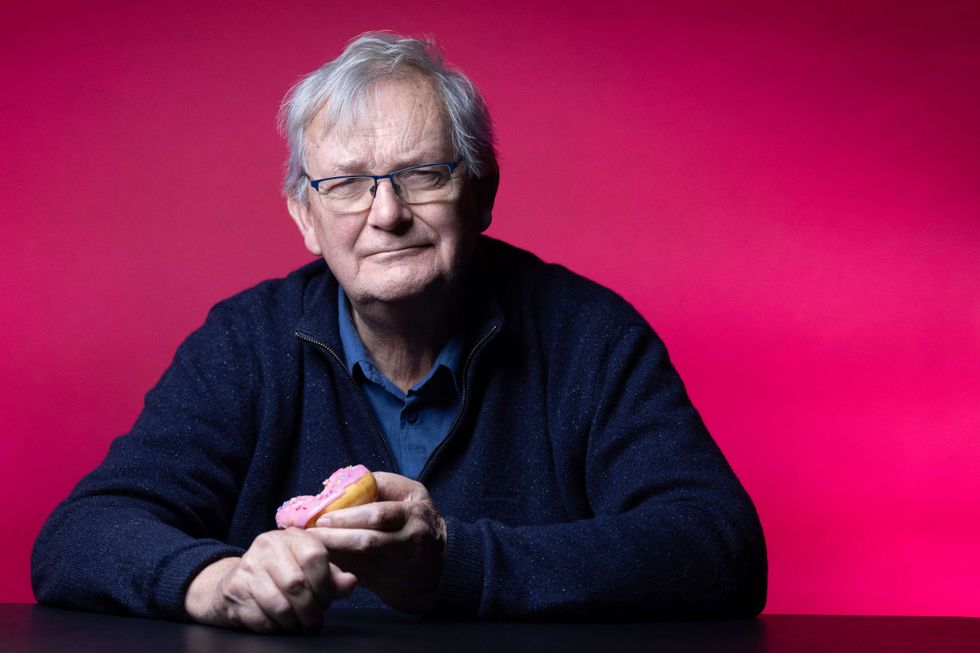 Martin Parr death at 73 marks end of Britain’s vivid chronicler of everyday life Getty Images
Martin Parr death at 73 marks end of Britain’s vivid chronicler of everyday life Getty Images 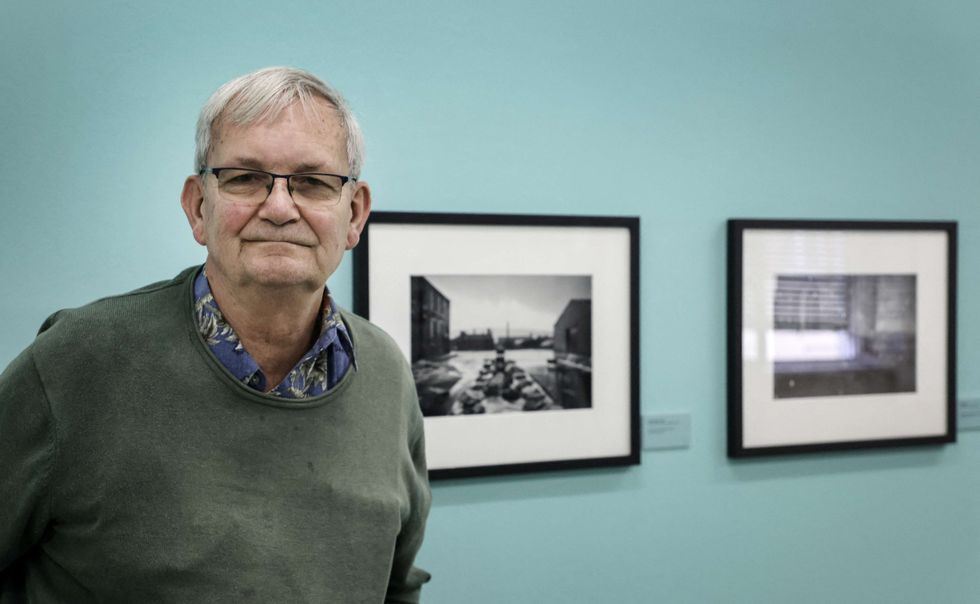 Martin Parr poses for a photo during the opening of his exhibition Early Works" at the Fotografie Forum Frankfurt" in FrankfurtGetty Images
Martin Parr poses for a photo during the opening of his exhibition Early Works" at the Fotografie Forum Frankfurt" in FrankfurtGetty Images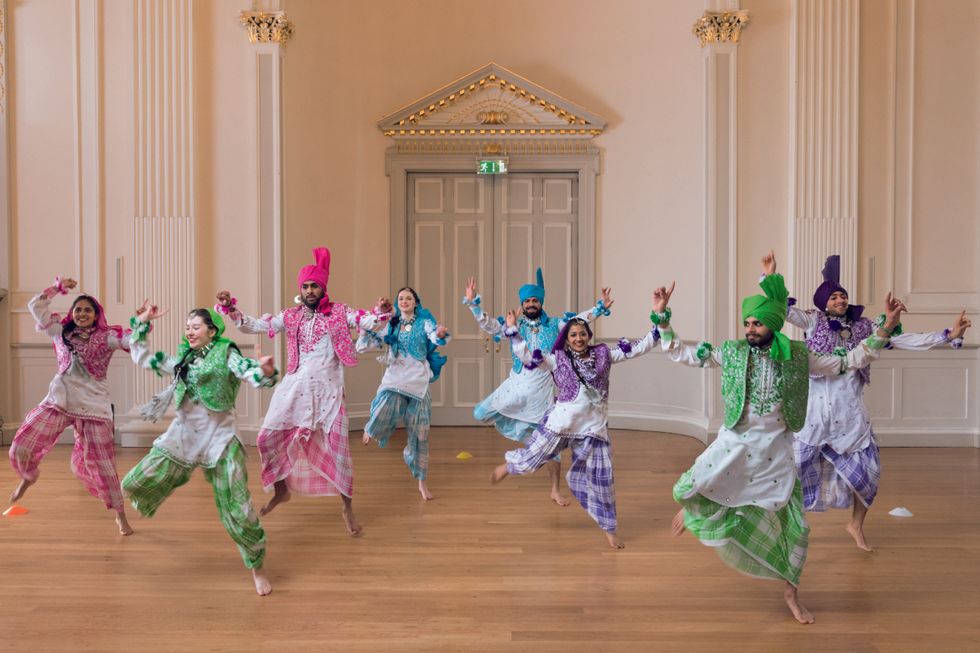 064-5 Bhangra - Photos Bhangra dancers, Assembly Rooms, Edinburgh, Scotland, 2017, commissioned by BBC One. Martin Parr / Magnum Photos / Rocket Gallery
064-5 Bhangra - Photos Bhangra dancers, Assembly Rooms, Edinburgh, Scotland, 2017, commissioned by BBC One. Martin Parr / Magnum Photos / Rocket Gallery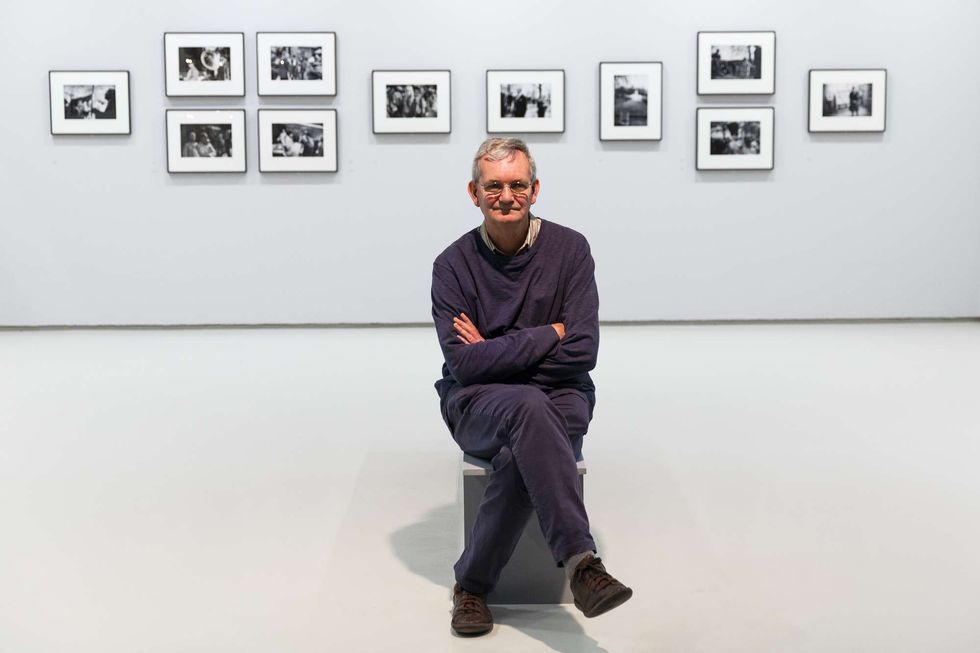 Martin Parr dies at 73 after capturing British elites, Asian communities, and post-Brexit BritainGetty Images
Martin Parr dies at 73 after capturing British elites, Asian communities, and post-Brexit BritainGetty Images





